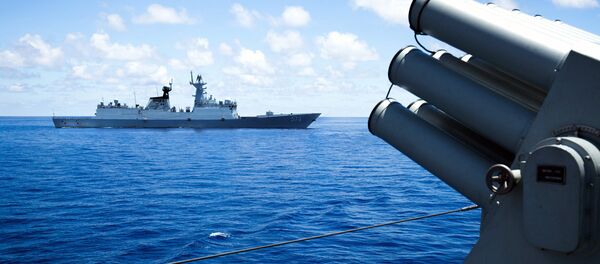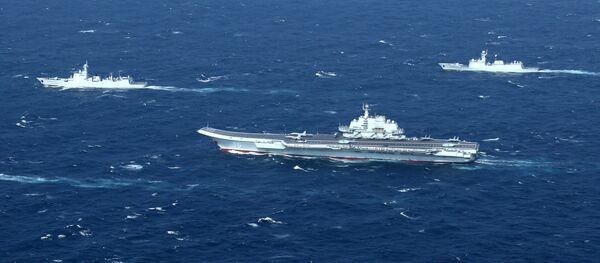The images fueling the speculation may be part of a warship, but they aren’t part of China’s next carrier, a source told the South China Morning Post. “The [Jiangnang] shipyard is empty. It’s impossible to hide such a huge ship,” the official said.
On April 26, the People’s Liberation Army Navy (PLA-N) sent the yet-unnamed Type 001A carrier sailing on the high seas. Beijing’s first homemade carrier will join PLA-N’s Liaoning in 2020, the Center for Strategic and International Studies estimates.
But before the Type 002 can be finished, Beijing has to finalize the blueprints of the steam catapults that are needed to help jets take off from short runways, as well as plans for the huge ship’s power source, the SCMP report said.
Another point of debate for designers of the Type 002 is whether to power the ship with nuclear reactors, which would be a major technical marvel if accomplished. Steam turbines and diesel generators propel the Liaoning and Type 001A.
Washington’s Nimitz-class supercarriers and the next generation of Ford-class carriers feature nuclear propulsion systems. The US Navy has been testing out a controversial electromagnetic launch platform for its future carrier fleet.
But US President Donald trump condemned the technology as "no good," urging naval planners to stick with steam. A slew of technical miscues has put the USS Gerald Ford well behind schedule and nearly 20 percent over budget.




